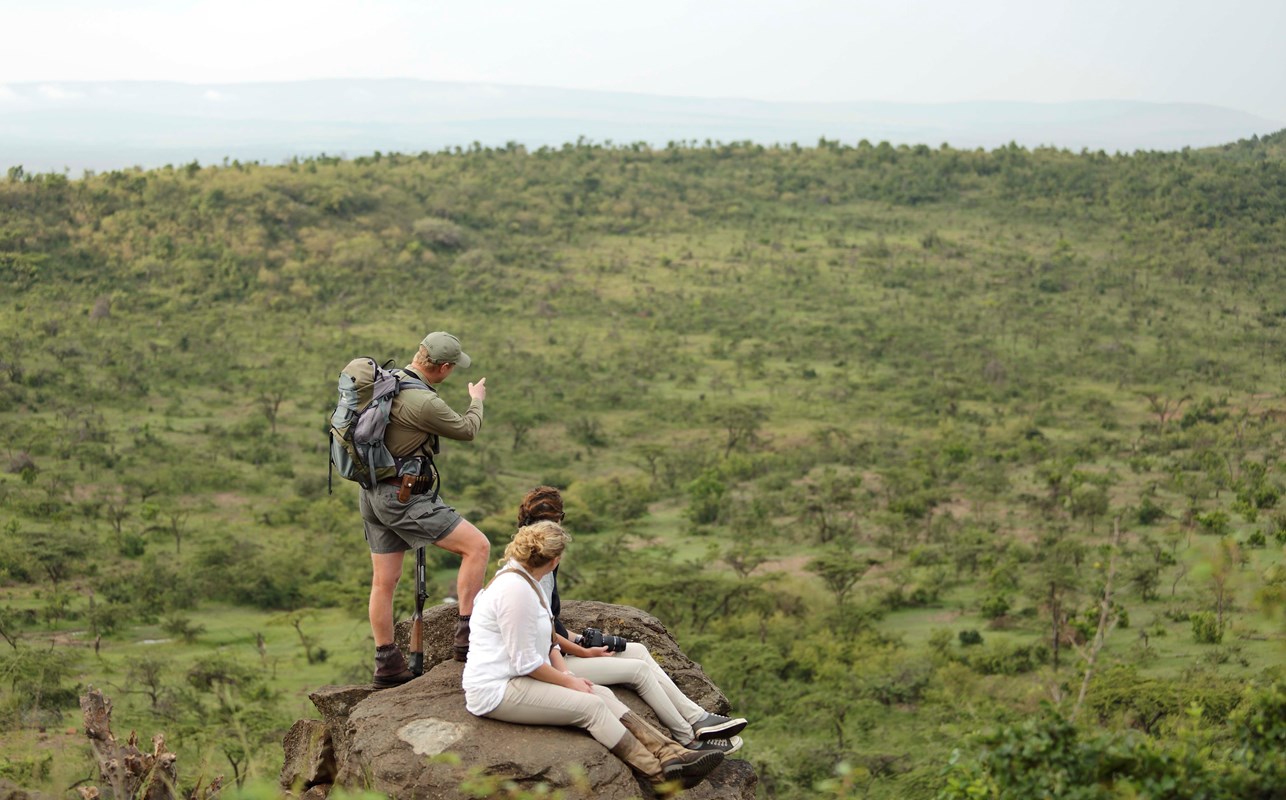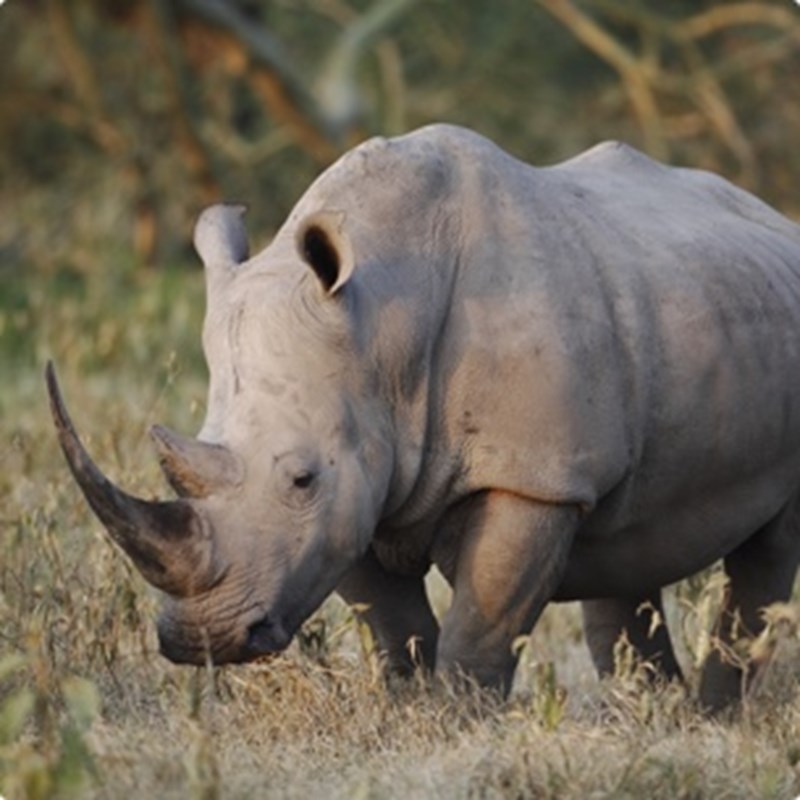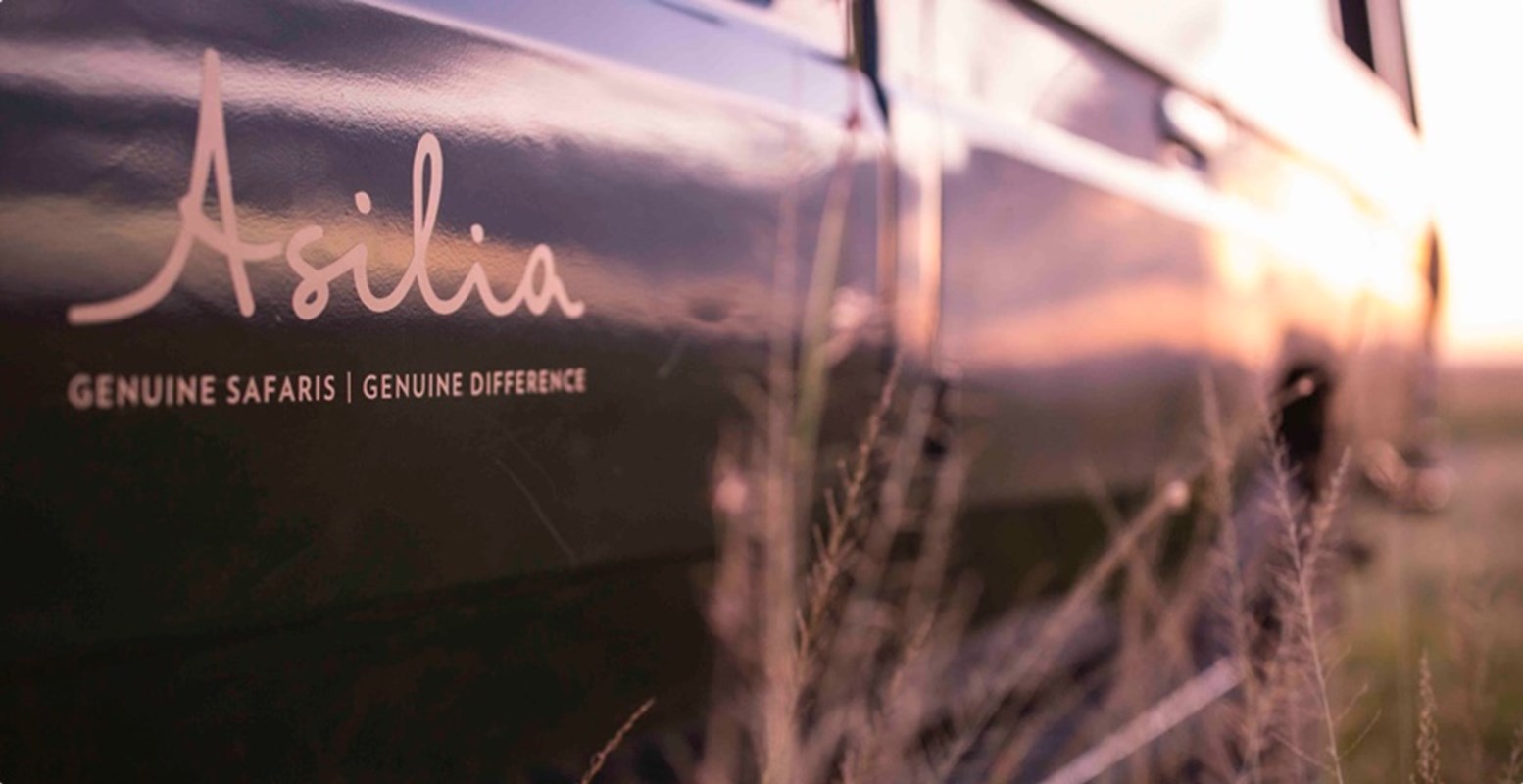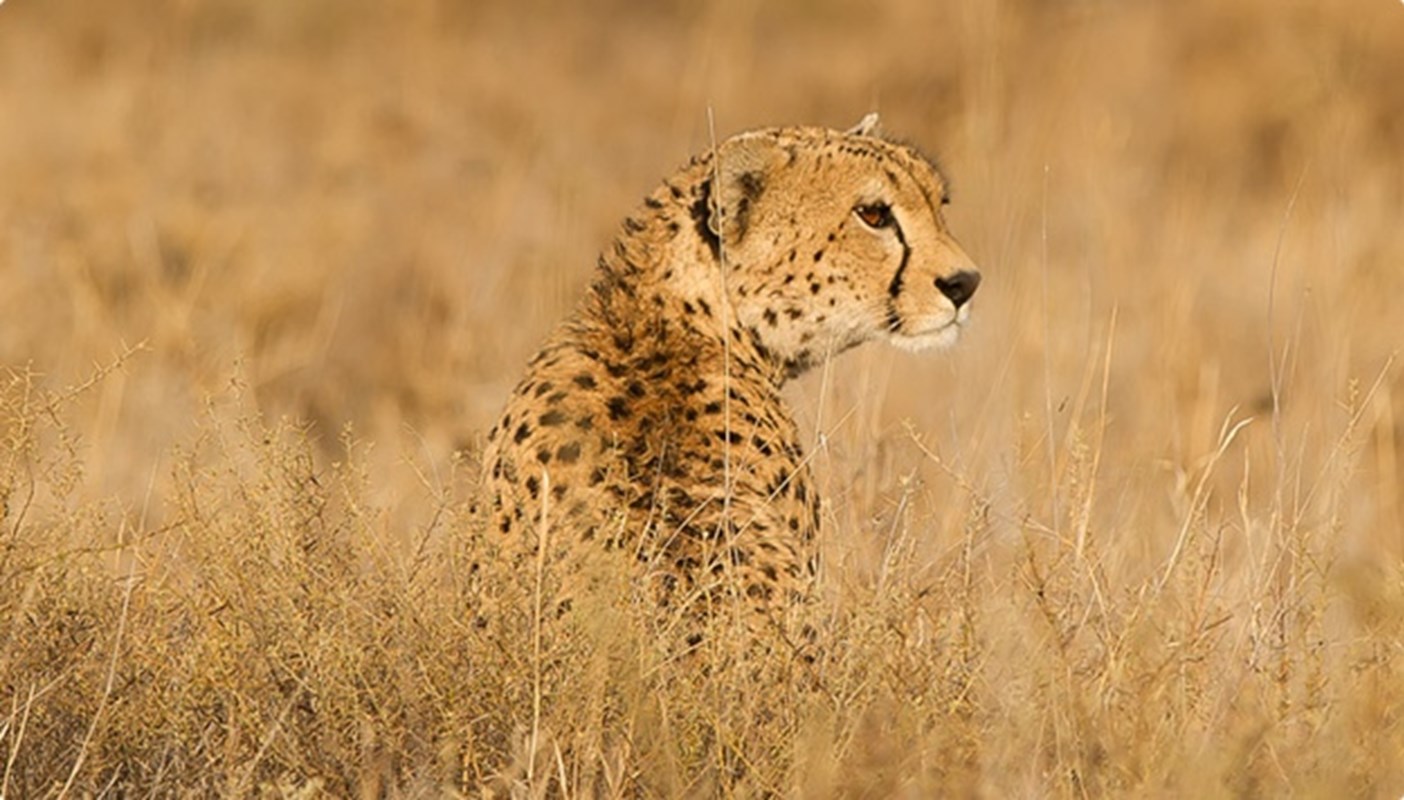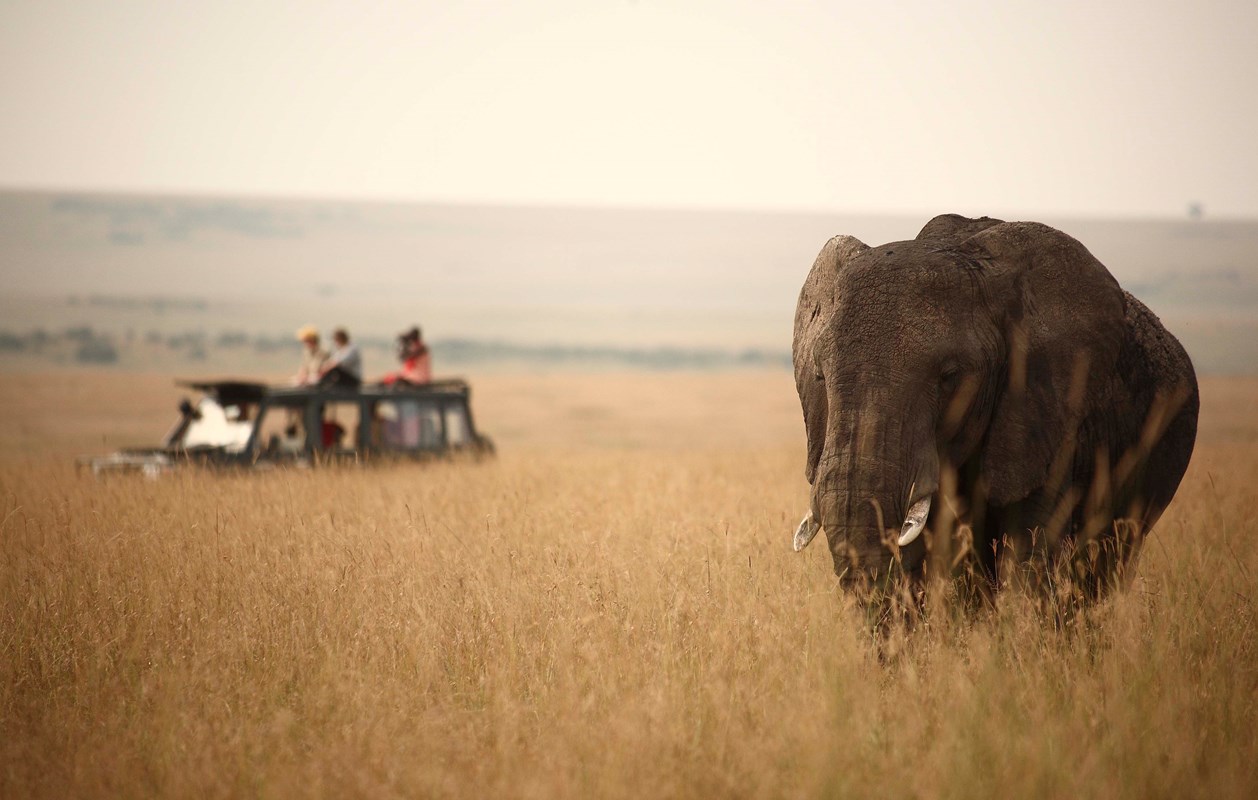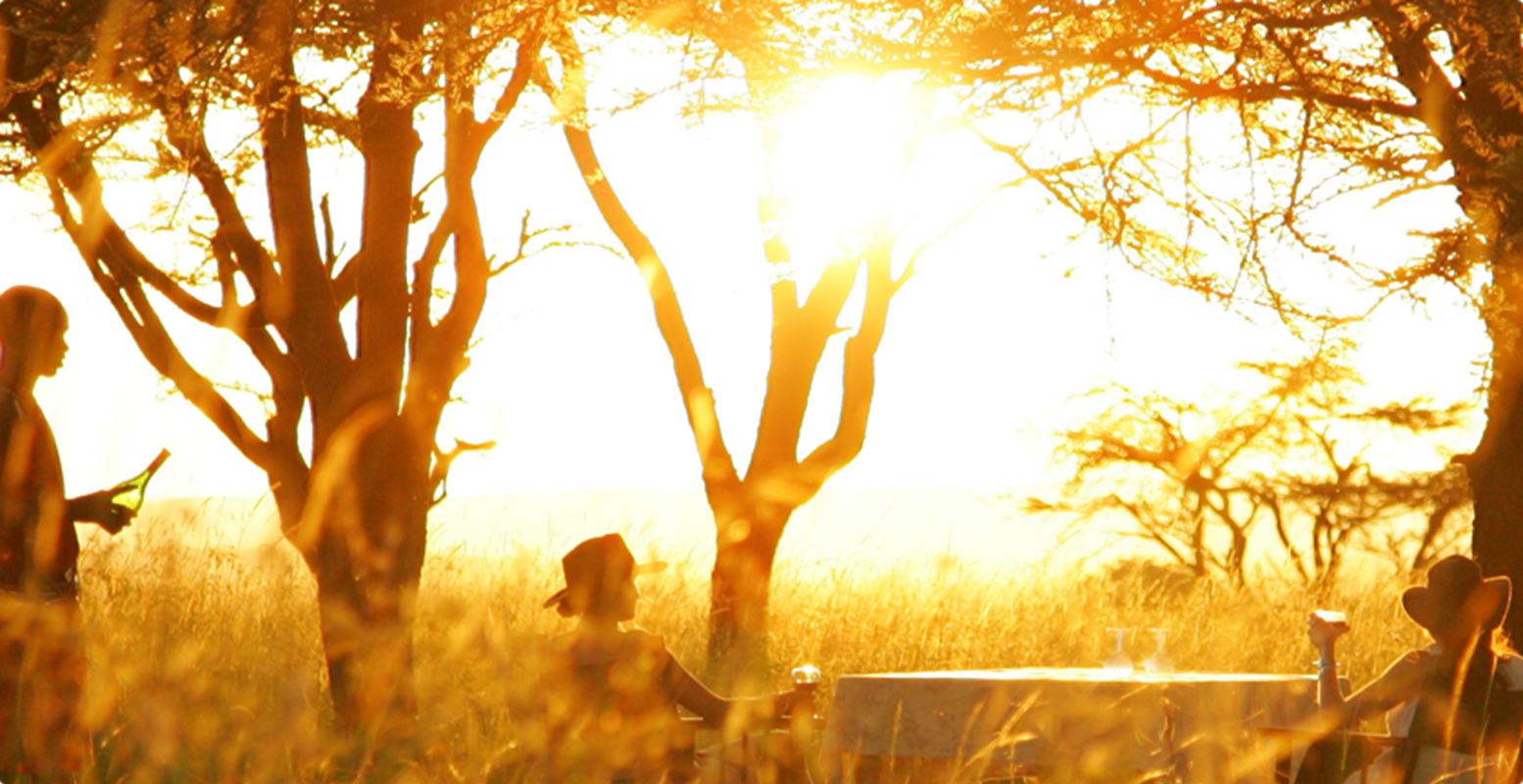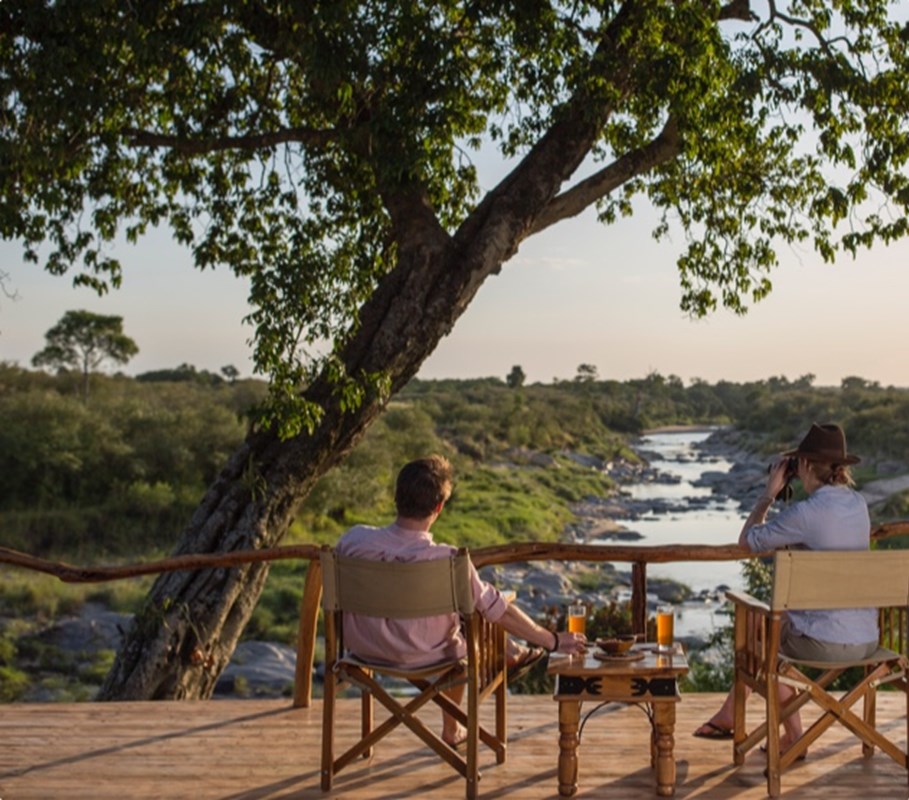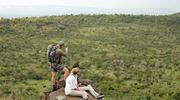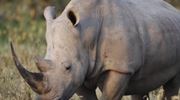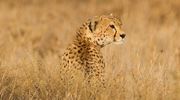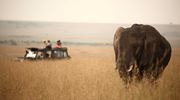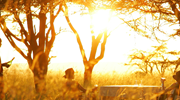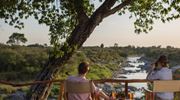The Original African Safari Destination
Embark on an unforgettable Asilia safari and explore the diverse wildlife habitats of Kenya. Home to the Cradle of Humankind, the site of the oldest human remains, and the birthplace of the photo safari, Kenya is a wonderland for nature enthusiasts.
Witness the majestic giraffe nibbling on acacia trees, the grandeur of elephant herds, and the colourful array of birds. The Masai Mara Reserve is a haven for big cats and other fantastic creatures. At the same time, Ol Pejeta Conservancy is the proud guardian of the last two northern white rhinos, protected through each hour of the day by brave guards and bold rhino protection initiatives.
Our friendly and knowledgeable safari guides will accompany you on daily excursions, sharing their expertise and passion for Kenya's wildlife and people. Experience the rich cultural heritage of Kenya's indigenous people, particularly the Masaai tribe, who have preserved their ancient customs, traditions, and beliefs for generations. Learn about their pastoral lifestyles, focusing on family and community. Join us on an Asilia safari to discover the best that Kenya has to offer.
Gallery
Browse our image and video galleries below to see some of the wildlife, scenery, activities and accommodation in the Greater Masai Mara.
Kenya Safari Destinations
Experience the perfect blend of conservation, culture, and ecotourism in Kenya, where the iconic and wild meet to inspire. Asilia Africa offers exceptional accommodations in the most sought-after regions, teeming with abundant wildlife. We have a range of boutique camps and collaborate with handpicked partner properties in highly desirable locations such as Amboseli, Tsavo, and the Rift Valley Lakes.
Masai Mara: The Greater Masai Mara region in southwest Kenya is renowned as the ultimate destination for wildlife enthusiasts. With a choice of accommodation in the national reserve or neighbouring private conservancies, you can witness various animals, including big cats, beautiful birds, and elephant.
Mara Naboisho Conservancy: If you seek a truly exclusive safari experience, the community-owned Mara Naboisho Conservancy is your dream destination. Located adjacent to the Masai Mara Reserve, this area boasts an impressive array of wildlife, including cheetah, elephant, and giraffe. However, what truly sets Mara Naboisho apart is its unparalleled concentration of lion, making it one of the most remarkable destinations for wildlife enthusiasts.
Ol Pejeta Conservancy: The high-altitude rolling hills of Laikipia, located north of Nairobi, house the Ol Pejeta Conservancy, a trailblazer in conservation efforts. This world-renowned conservancy is best known for its role in protecting the last two remaining northern white rhino.
Amboseli: The exceptional elephant population and breathtaking Mount Kilimanjaro backdrop make for a photographer's dream shot. Witness the awe-inspiring sight of majestic elephant marching past Africa's tallest mountain.
Tsavo: The combined network of Tsavo’s west and east national parks in Kenya boast the largest protected area and is home to some of the world's oldest and most majestic "big tusker" elephants.
Rift Valley Lakes: A narrow strip of a massive fracture across the Middle East and Africa, the Rift Valley is a spectacular spectacle. Its three tectonic plates shift, slide, and collide, creating stunning features. These include soaring peaks, vast savannas, and sparkling lakes, such as Turkana, Baringo, and Nakuru.
Kenya Safari Camps
Experience the thrill of wildlife safaris at our boutique Kenyan safari camps, including views of iconic species and the famous Great Migration. Our four warm and inviting lodges provide a luxurious yet understated backdrop, evoking the original safari days' atmosphere, colours, textures, and decor.
Encounter Mara Camp: At Encounter Mara Camp, under the shade of acacia trees, experience the beauty and diversity of the Mara Naboisho Conservancy, a private area beside the Masai Mara, owned by the local community. Ten sustainably designed and built tents blend into their natural surroundings. You can enjoy complete privacy and tranquillity while witnessing the magnificent local wildlife.
Naboisho Camp: Also within the Naboisho Conservancy, Naboisho Camp presents various exciting activities, including traditional game drives, invigorating walking safaris, and captivating night drives. With a diverse range of 266 bird species, birders will undoubtedly relish the ample opportunities.
Rekero Camp: Experience the ultimate wildlife adventure at Rekero Camp, located in the heart of the Masai Mara National Reserve. Our camp offers the perfect vantage point to witness the magnificent Great Migration from the camp’s veranda overlooking the Talek River migration crossing point.
Ol Pejeta Bush Camp: For travellers passionate about conservation, Ol Pejeta Bush Camp is a perfect destination. The camp offers spacious, eco-friendly tents situated along the Ewaso Ngiro River. You can experience a classic safari adventure while witnessing the dedicated efforts to protect the last two northern white rhinos and other endangered African wildlife.
Getting to Asilia Camps in Kenya
As Kenya's air transportation heart, Nairobi is the main gateway for tourists entering the country, primarily through Jomo Kenyatta International Airport. Safari enthusiasts can conveniently access the various parks and reserves through Wilson Airport, which operates frequent scheduled flights from several airlines, making Nairobi the ideal starting point for adventure seekers.
 Lodge
Lodge
Encounter Mara
Situated on the edge of the savannah under the shade of acacia trees, Encounter Mara is a 10-tent camp within the Mara Naboisho Conservancy, bordering the famed Masai Mara reserve in southwest Kenya.
 Lodge
Lodge
Naboisho Camp
The Mara Naboisho Conservancy in southwest Kenya is a dream for wildlife enthusiasts. As well as cheetah, elephant and giraffe, the area has one of the highest concentrations of lion in the world.
 Lodge
Lodge
Rekero Camp
Witness the greatest wildlife concentration and diversity in the world in the heart of the Masai Mara in Kenya. The camp overlooks the Talek River migration crossing point.
 Lodge
Lodge
Ol Pejeta Bush Camp
Overlooked by the dramatic snow-capped peaks of Mount Kenya, Ol Pejeta Conservancy is in central Kenya’s Laikipia County. It’s home to the two remaining northern white rhinos on the planet and many ot…
Kenya Itineraries
Experience the ultimate adventure in Kenya with a personalised safari crafted by Asilia Africa. Our team of knowledgeable trip planners will collaborate with you to create an itinerary tailored to your preferences. With our comprehensive guidance, your trip will be an unforgettable journey. Explore our sample itineraries and get inspired to book your Kenyan safari today.
 itinerary
itinerary
All Asilia: Reserve circuit
Experience the best of Tanzania and Kenya in style and comfort over 10 days.
 itinerary
itinerary
All Asilia: Kenya circuit
Embark on this thrilling safari adventure through Kenya over 9 days.
 itinerary
itinerary
All Asilia: Family safari with younger children
Discover the hidden wildlife gems of Kenya’s famous safari circuit with your family.
 itinerary
itinerary
Best Bush & Beach Families
A family safari is a holiday like no other. You’ll create memories that will last a lifetime, enjoy new experiences together and spend quality time away from the distractions of the real world. You wi…
 itinerary
itinerary
Kenya Explored
Uncover some of Kenya’s most wildlife-rich and scenically stunning landscapes on this exciting safari.
 itinerary
itinerary
Kenya’s Ultimate Highlights
This itinerary offers an experience of the essence of Kenya, starting with a night in Nairobi and then 3 nights each in two different safari locations. The exploration can end there or continue for an…
 itinerary
itinerary
Mara Uncovered
The Greater Mara Area refers to the Masai Mara Reserve as well as the private conservancies adjacent to the reserve and in the surrounding area. By combining the Masai Mara with the Mara Naboisho Cons…
 itinerary
itinerary
Explore East Africa
For a safari experience that captures some of the best locations and experiences on offer across Kenya and Tanzania (and optionally, Zanzibar), look no further than this itinerary. Incorporating the M…
 itinerary
itinerary
Lake and Mara
Don’t be fooled by the length of this safari, it may be short, but it packs a punch combining two of Kenya’s most iconic destinations - The Rift Valley and The Masai Mara!
 itinerary
itinerary
Pure Kenya
Pure Kenya is ideal for those who wish to experience African wilderness in the legendary Chyulu Hills, combined with incredible sightings of Africa’s Big Five in the famous Masai Mara.
Ready to begin planning your Kenya safari?
At Asilia, we are committed to giving back to the various communities where we operate and utilising tourism to benefit people and wildlife. Our mission is to transform ecologically and economically vulnerable areas into sustainable conservation economies through innovative investments. By choosing Asilia for your travels, you are actively contributing to our conservation and community projects.








